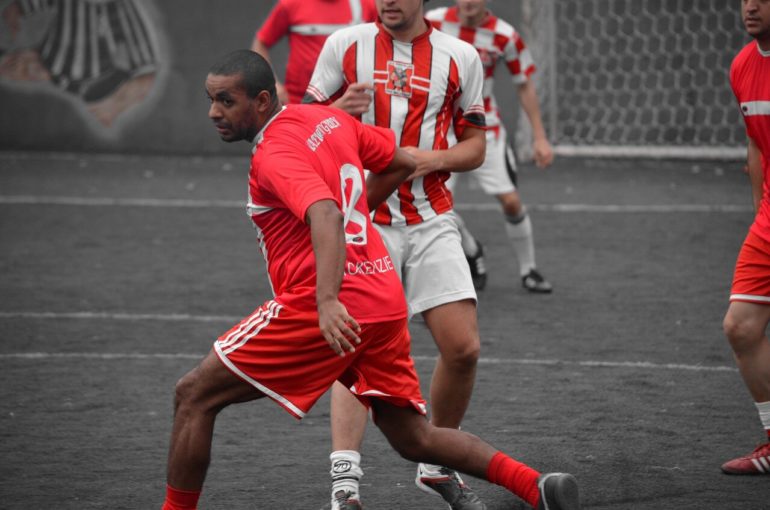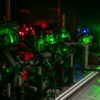IMAGE: The research hopes to improve the outcomes of sport injury surgeries. Pixabay
view more
Pixabay
Key points:
Top biomedical engineering researcher develops synthetic scaffolds for tendon and ligament regeneration
Previous synthetic tendon grafts have led to poor outcomes and implant rejection
Australia has one of the highest rates of anterior cruciate ligament (ACL) injuries in the world – and up to 25 percent of surgeries require revision
Australia’s love of sport means it has one of the highest rates of knee anterior cruciate ligament (ACL) injury and reconstruction in the world.
Worldwide, the costs of tendon and ligament rupture repair and surgery revision represent tens of billions of dollars of the clinical orthopaedic market.
A team of biomedical engineering researchers from the University of Sydney, working with Columbia University’s Regenerative Engineering Laboratory and FAU Erlangen-Nurnberg Institute of Medical Biotechnology (Germany), are hoping to improve the outcomes of tendon and ligament repair by developing a new synthetic scaffold for their regeneration.
Led by the Head of the Biomaterials and Tissue Engineering Research Unit and Director of the Australian Research Centre for Innovative BioEngineering, Professor Hala Zreiqat, working with postdoctoral researcher Dr Young No, the researchers are the first to develop and patent novel fibre-reinforced hydrogel scaffolds, a synthetic substance that has the ability to mimic and replace human tendon and ligament tissue.
“Ruptures to tendons and ligaments mostly occur in accidents and when playing sport. Worldwide and particularly in Australia, there is an…



